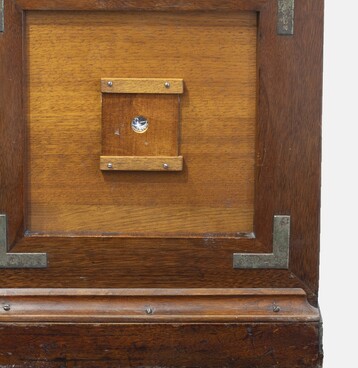In the 18th and early 19th centuries, the discovery of the light-sensitive chemicals made it possible to produce images using light, silver salts and other compounds. The first known photographic experiments based on this knowledge were conducted by the British Thomas Wedgwood and Humphry Davy in 1802, but the resulting prints darkened all over and lost their quality too quickly.
In 1826, the French inventor Joseph Nicéphore Niépce took a photo of the view from his workshop window. It is considered to be the oldest known surviving photograph. Niépce called his method heliography (from the Greek words meaning “sun” and “writing”). A copper or tin plate coated with Bitumen of Judea was exposed in a camera obscura for six to eight hours and then was immersed in a mixture of lavender oil and petroleum.
Niépce’s method was not universally acknowledged, yet it provided the basis for the further research undertaken by his compatriot — the artist Louis-Jacques-Mandé Daguerre. Daguerreotyping was the first publicly available and recognized method of producing a durable photographic print. It created an image on a sheet of copper coated with silver, which was polished until the surface looked like a mirror. The plate was then sensitized over iodine fumes in darkness.
After the preparation stage, the plate was placed in a camera obscura, which was mounted on a tripod and directed at the subject illuminated by the bright sun. The cap from the lens was removed for 15 to 30 minutes, and then the exposed plate was fumed with mercury vapor. When the image was exposed, the plate was dipped into cold water to harden the surface. After that, the plate was immersed in a saturated solution of common salt to fix the developed image.
The process resulted in a highly detailed and accurate reversed positive image. Each daguerreotype was unique, as the opaque metal plate it was made on ruled out the possibility of replication.
On August 19, 1839, all the details of the
technology were made public, and from that moment anyone who possessed the
necessary tools and chemicals could “draw” with light. Unfortunately,
daguerreotyping, although it proved to be incredibly popular, was a dead end in
photography.


